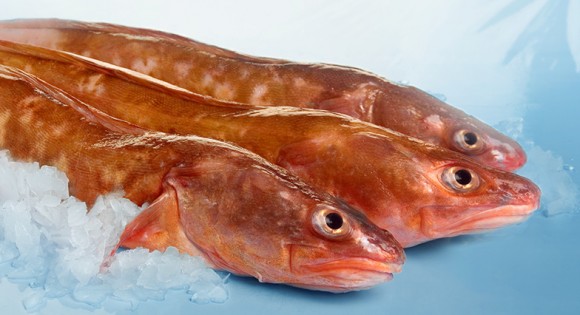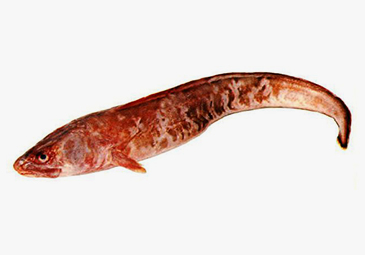

Common names for New Zealand whiting
Hoki, New Zealand whiptail, blue hake, blue grenadier
Other languages for New Zealand whiting
- French name: Merlu à longue queue
- Italian name: Nasello azurro
- German name: Langschwanz-seehecht
Introduction to New Zealand whiting
Hoki is not a handsome creature, but a very unassuming, tapering, rat-tailed one. It has a blue-green upper body and silvery sides and belly. Hoki is a member of the Merluccidae family of hake. Year-round, trawlers operating the seas around New Zealand, southern Australia, and Tasmania collect this deepwater species from depths of 600 to 2,500 feet. Typically, these boats process and freeze the fish at sea. Hoki weigh between 3 and 4 pounds on average but may reach 15 pounds. Hoki eaten in the United States is almost entirely imported frozen from New Zealand. The majority of fresh hoki fillets are sold in New Zealand and Australia, but export quantities are restricted. Surimi is processed from a large portion of New Zealand’s hoki resource for sale to Japan. Hoki is also good for block formation and may be further processed into a variety of value-added products.
Product profile for New Zealand whiting
After cooking, hoki has a delicate, sweet taste comparable to haddock. The lean meat is juicy and solid, yet easily flakes. The flesh of this cod relative is juicy and brilliant white, with reddish tinges on occasion, and remains white when cooked. Hoki fillets are long and thin, with a fat strip running down the side. To improve the taste, this should be deleted. Hoki with a fat line out is a great alternative to cod, whiting, pollock, and other groundfish. Breaded and battered pieces benefit greatly from defatted blocks.
Cooking tips for New Zealand whiting
Except for breading, deep frying, or stuffing, fragile hoki is best cooked frozen. Because hoki has a short shelf life, it should be cooked within 24 hours of thawing. Don’t put it back in the freezer.
Nutrition facts for New Zealand whiting
Calories: 101 Fat Calories: 11.7 Total Fat: 1.3 g Saturated Fat: 0.3 g Cholesterol: 54 mg Sodium: 56 mg Protein: 22 g Omega 3: N/A
Primary product forms for New Zealand whiting
Fresh (limited): Fillets Frozen: H&G, Fillets, Loins, Blocks Value-added: Portions (specialty cuts), Breaded/battered, Surimi
Global supply for New Zealand whiting
Australia, New Zealand, Iran